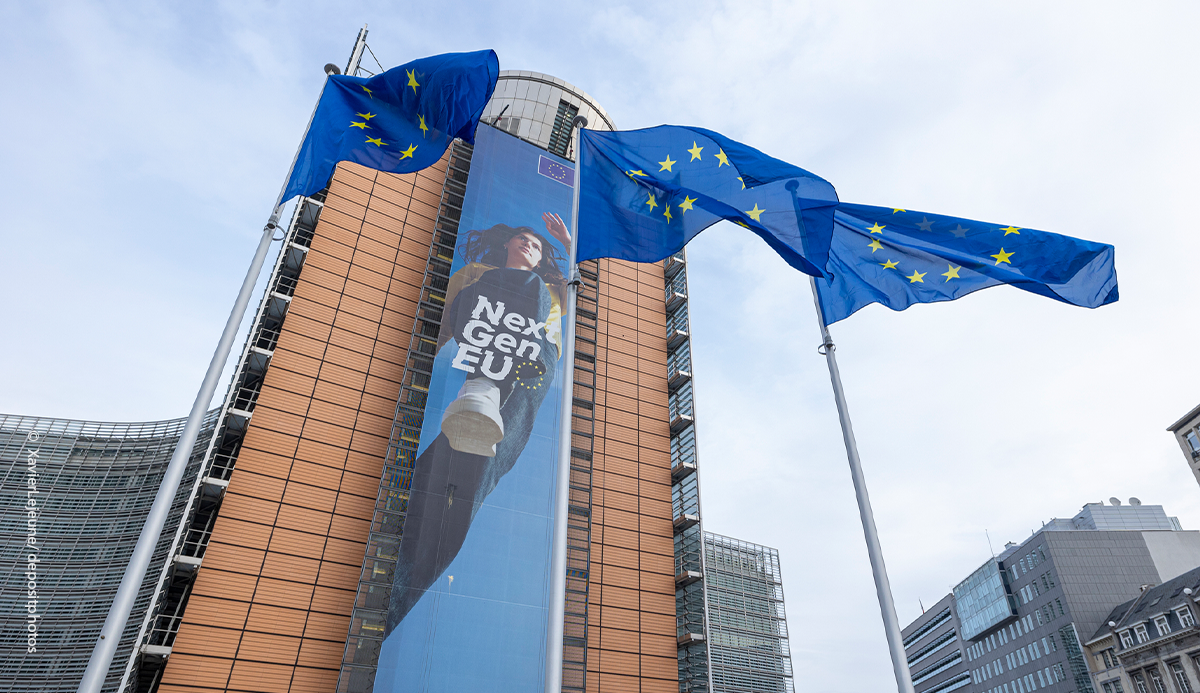
Published date
13 Nov, 2023
Welcome to our monthly review of our members' activities. What did they do over the summer and in October? You will find the answer below.
K-Monitor writes about its latest discovery. The Hungarian authorities are not completing the spending register they committed to the European Commission to create. The system exists, but as our Hungarian colleagues point out, there is a lot of missing information in it.
Our members from Transparency International Slovenia are working with the OECD to improve the public procurement system. At a meeting with the Slovenian authorities, they recalled, among other things, the findings of our report on monitoring the transparency of RRF spending.
Transparency International Portugal writes about the European Commission's reservations about the implementation of public procurement law. Our friends from TI also remind the government of the need to increase the availability of information in the form of open data.
Access to Information Programme reports on changes to the Access to Public Information Act in Bulgaria. A chapter on open data has been added and a proposal to simultaneously make access to information - including accounting data - more difficult has been stopped.
The Open State Foundation has announced a very interesting competition for applications using public procurement data. We are keeping our fingers crossed for the success of the activity and the creation of an app that demonstrates the benefits of working with procurement data.
Brand new publication from our friends at the Government Transparency Institute. This time, the topic is Government Analytics Using Procurement Data. It provides insights “into conducting research and data analysis on public procurement using administrative data. It provides an overview of indicators and data sources typically available on public procurement and how they can be used for data-driven decision-making, the necessary data infrastructure and capacity for optimising the benefits from procurement data analytics, and the added value of combining public procurement data with other data sources.”
In other news
There are some new developments in the work on the anti-corruption directive. In February, the European Parliament’...
Learn moreWelcome to our review of our members’ activities. What did they since the beginning of 2024? You will find the ans...
Learn moreThe European Commission published its Recovery and Resilience Facility Mid-term Evaluation Report on 21 February. Much e...
Learn more
